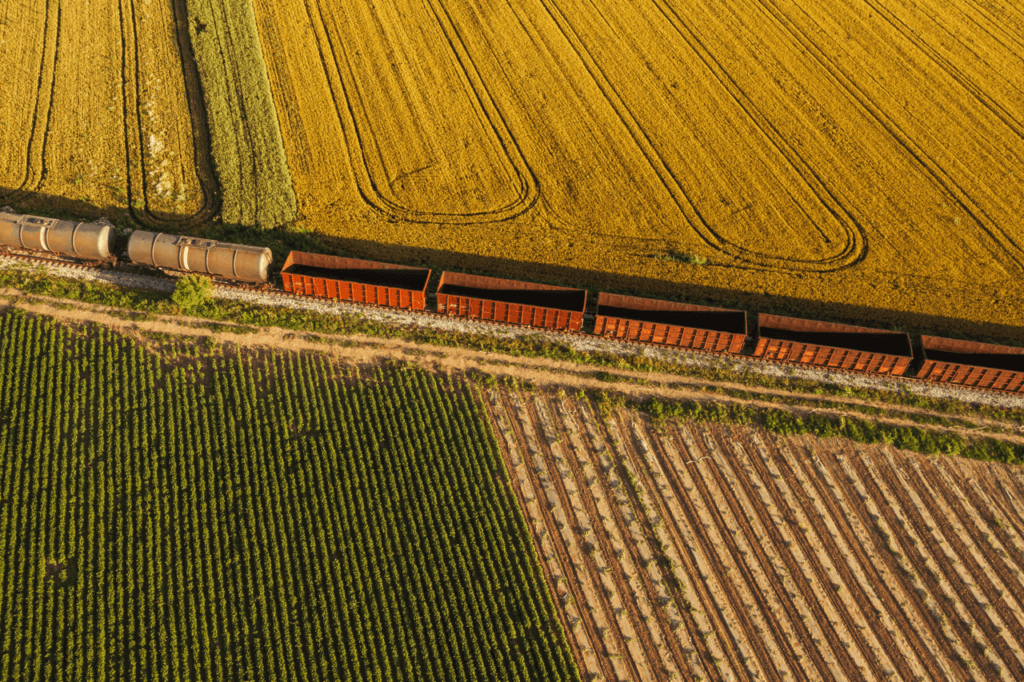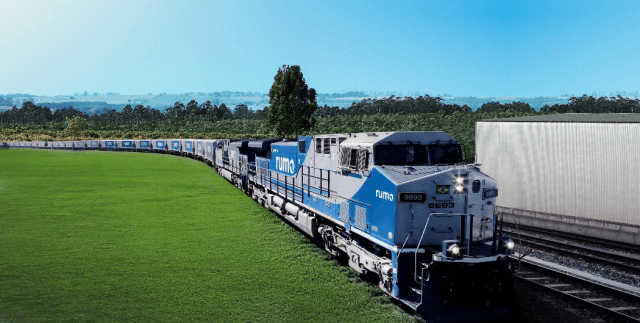
Is Ferroviária São Paulo expanding?
The railroad sector has a long, rich and important history for the evolution and growth of Brazil. São Paulo is the most developed Brazilian state today, and this development is directly linked to investments made in railroads, since the second railroad opened in the country passed through the state, allowing constant cargo transportation to the main Brazilian port, the port of Santos .
This railroad is the São Paulo railroad (SPR), effectively founded in 1867, connecting the Jundiaí terminal to the coastal city of Santos, passing through several other cities such as the capital itself, the cities of the great ABC and other coastal municipalities. implementation of SPR, also known as Estrada Ferro-Santos, had as main objective the disposal of the main economic product at the time, coffee.
The time of the construction of the SPR was a troubled time in the country, as Brazil was undergoing constant changes in the laws on slavery, which would culminate a few years later in the abolition of slavery. After this period, Brazil implemented a strong immigration policy, and São Paulo was the region that received the most immigrants from Europe and Asia. The coffee production and the work of the railroads allowed countless immigrants to work and, consequently, the railroads started to develop more and more.
Currently, this is not the only railroad that covers the state of São Paulo, but it is still one of the main ones. Do you know how the Estrada Ferro-Santos and the other railroads that make up the São Paulo rail network are doing? From now on, we will talk about the current state of São Paulo's railroads, as well as comparing them with another very important transport sector for the country, the road sector.
Content Index
Current Santos railroad

As we mentioned, at the time it was built and inaugurated, the Estrada Ferro-Santos had coffee as the main cargo transported, since this product was the basis of the economy of the moment. But, of course, this changed, and this São Paulo rail network went through a long process of division.
In the 90s, the stretch of the Estrada de Ferro-Santos line went through a concession process and suffered a division. The stretch from Rio Grande da Serra to Santos was acquired by MRS Logística, a major investor in the railroad sector. This section of the line continues to be used to transport cargo and supply the Santista port. The other part of the section is used today by urban trains, that is, it is part of the composition of trains that transport people from one place to another. In this case, there are lines 7 (Brás - Jundiaí) and 10 (Brás - Rio Grande da Serra), managed by Companhia Paulista de Trens Metropolitanos (CPTM).
According to data from MRS Logística itself, which has more than 1600 km of railroad lines in Brazil, the section that currently belongs to the São Paulo rail network still has a large contingent of cargo transported daily, despite the small extent. According to the company, in 2016, more than 32 million tons of cargo such as agricultural and steel products passed through this line. The investments made in recent years by the company have reached the mark of more than 400 million reais to improve the route and infrastructure.
Central Atlantic railroad (FCA)

The Centro-Atlântica railroad, controlled by VLI Logística, which is the logistics business part of the multinational Vale, is one of the largest Brazilian railroads. This railroad passes through several states, such as Bahia, Sergipe, Goiás and all states in the Southeast region, being the main line for the integration of these three Brazilian regions.
Of the more than 7000 km of extension, part of this mileage passes through several cities in São Paulo that make up yet another extensive area of the São Paulo rail network. In this line, different items of production and consumption are transported, such as soybeans, iron ore, sugar, corn and others.
Malha Sul, Malha Oeste and Malha Paulista

These three railroad lines close the São Paulo rail network and all are controlled by the same company, Rumo. Rumo Logística is the main company in the railroad industry, containing the largest mileage extension of railroad lines in the country, mainly present in the South, Southeast and Midwest regions. In total, there are more than 28 thousand wagons present on the trains belonging to this huge company in the railroad sector.
Of the more than 14 thousand km long, about 14% of the entire line belongs to the São Paulo rail network. The main objective of the line is to supply Santistas port workers, places of intense exportation of products extracted and grown in Brazilian lands. The busiest items in São Paulo's networks in 2018, according to information from the Investment Partnership Program, were corn, soy, sugar, soy meal and diesel oil. Also, according to information from the Federal Government program, the investment forecast for the coming years is around R $ 6 billion, aimed at improving the network, infrastructure and increasing the mileage.
Comparison: Railroads and Malha Ferroviária São Paulo expanding?

Comparing the rail and road sectors is not a simple task. There are several factors that involve this comparison, benefits on the one hand and disadvantages on the other. What is certain is that these are currently the main means of transportation, both for cargo and people.
The railroad sector was inserted first in the historical context of Brazil, mainly with lines such as the Estrada Ferro-Santos, belonging to the railroad network São Paulo and contextualized in the introduction of our text. But, over a long period of the last century, investments in railroad lines have greatly decreased, even causing many roads to be abandoned. On the other hand, the federal, state and municipal governments started to invest heavily in the construction and expansion of road lines.
The road sector allows not only the ample transport of cargo between regions, but also the movement of people in their utility vehicles to different cities, connected by extensive highways throughout the country. Only in the State of São Paulo, the most populous and developed state in the country, according to data from the State Government's Logistics and Transport Secretariat, there are approximately 35 thousand km of road line, much higher than the mileage of the São Paulo rail network. Also, according to the Secretariat, about 90% of all cargo transport carried out in the state is done by this sector, that is, a difference of nine times more than the movement by rail and other means of transport.
Completion of the São Paulo rail network
Throughout the text we were able to get to know the main railroad companies that make up the São Paulo rail network. It was possible to notice that in the comparison with the road sector, unfortunately the railroads were left out and replaced over the last century, making the road sector still prevail in cargo handling in the state of São Paulo. However, this scenario may change in the medium to long term, as the companies that obtained the concessions in recent years, together with the federal and state governments, promise and estimate a strong investment in the expansion of lines and in the improvement of infrastructure on the railroads, and therefore the São Paulo rail network is expanding.
Stay on top of the railroad sector on our Blog!
Fontes complementares aos textos de apoio
https://www.infraestrutura.gov.br/component/content/article/63-bit/5122-bitpublic.html#aet
https://www12.senado.leg.br/noticias/materias/2007/03/30/ferrovias-versus-rodovias
https://www.bloglogistica.com.br/mercado/infografico-a-malha-ferroviaria-brasileira/
http://pt.rumolog.com/conteudo_pti.asp?idioma=0&tipo=27307&conta=45
http://portal-hml.antt.gov.br/ferrovias/arquivos/America_Latina_Logistica_Malha_Paulista_SA.html
https://www.ppi.gov.br/rumo-malha-paulista-sa
https://www.ppi.gov.br/fca-ferrovia-centro-atlantica-sa
https://www.vli-logistica.com.br/conheca-a-vli/ferrovias/ferrovia-centro-atlantica-fca/












